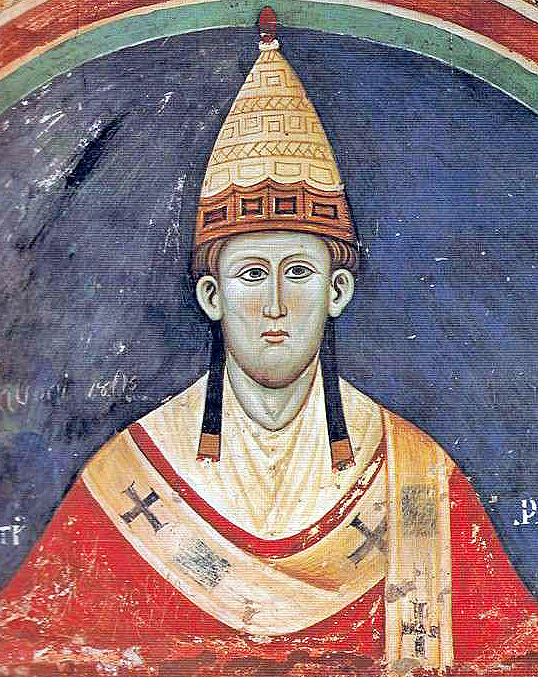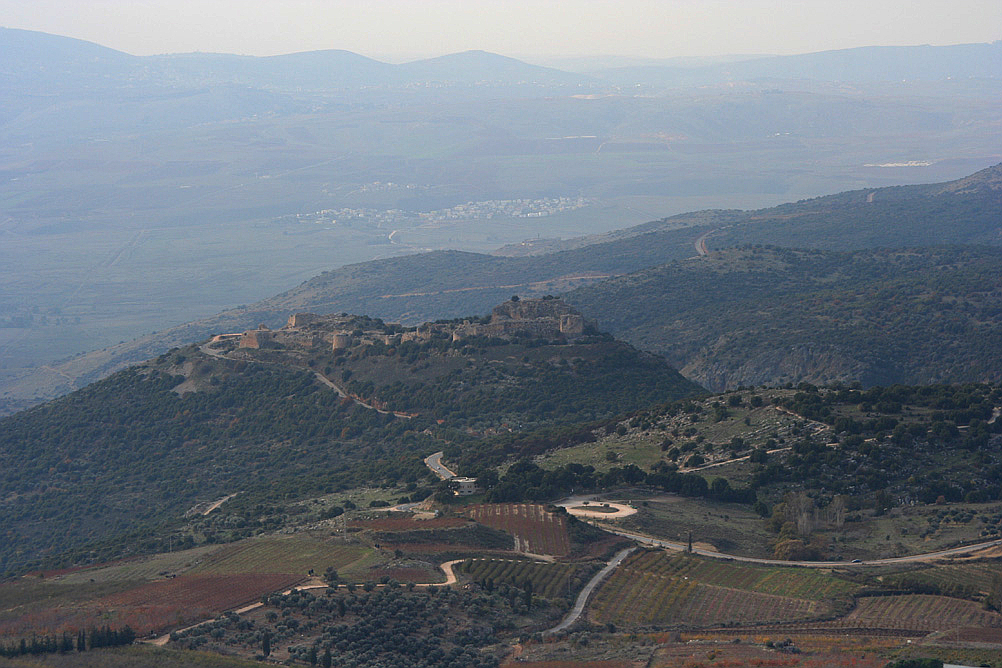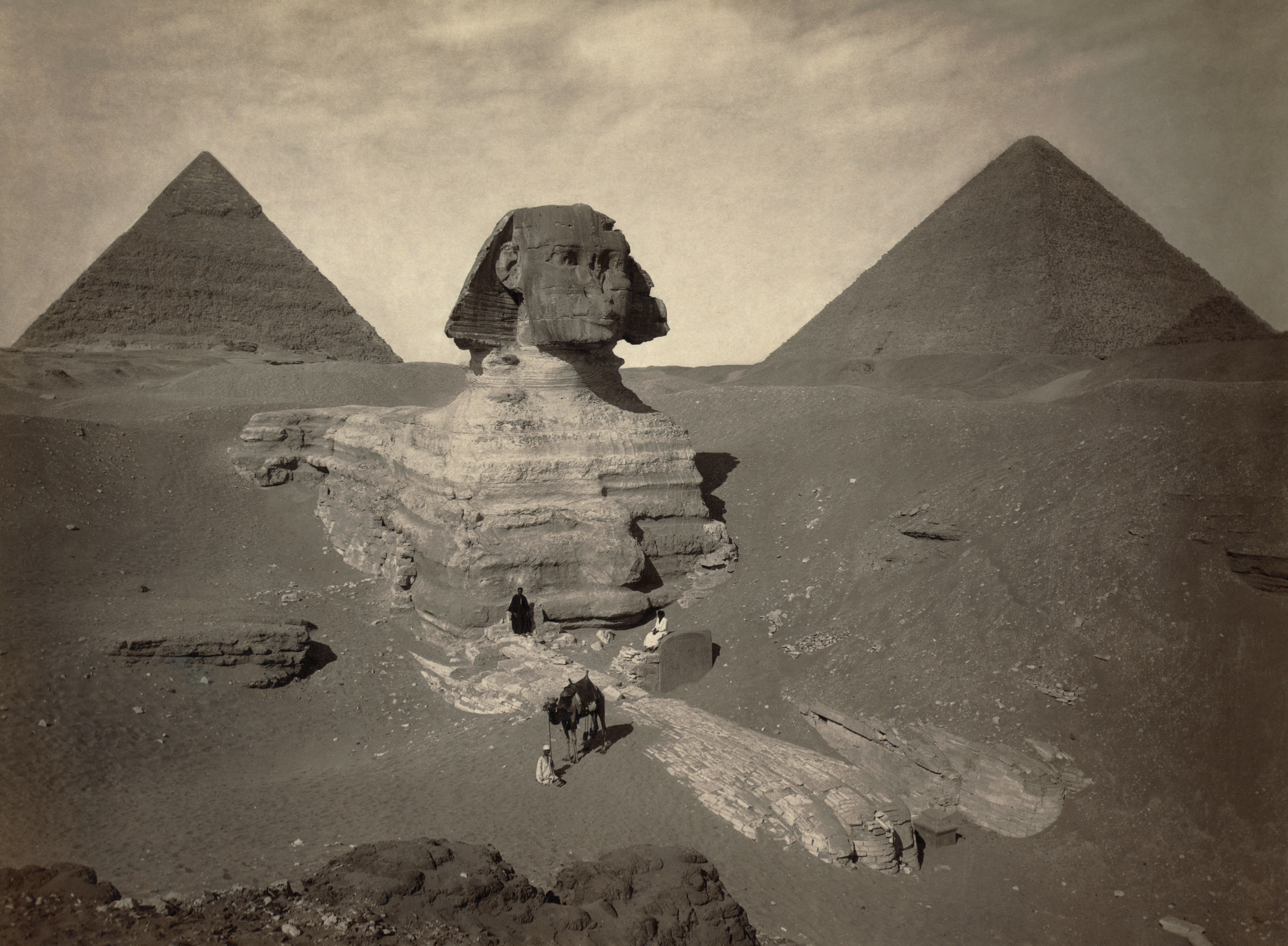|
Al-Aziz Uthman
Al-Malik Al-Aziz Uthman ibn Salah Ad-Din Yusuf (1171 – 29 November 1198) was the second Ayyubid dynasty, Ayyubid Sultan of Egypt. He was the second son of Saladin. Life Before his death, Saladin had divided his dominions amongst his kin: Al-Afdal ibn Salah al-din, Al-Afdal received Palestine (region), Palestine and Syria, al-Aziz was made ruler of Saladin in Egypt, Egypt, Az-Zahir Ghazi, Al-Zahir received Aleppo, Al-Adil I received Kerak, Karak and Shoubak, Shawbak, and Turan-Shah retained Yemen. Conflict soon broke out between them with Al-Adil becoming the undisputed ruler of Syria, Upper Mesopotamia, Egypt, and Yemen. Despite Al-Aziz having specifically inherited suzerainty over the whole Ayyubid empire, soon he had to face revolts by the Zengid emirs of Mosul and by the Artuqids in southern Iraq. When Al-Afdal expelled all the ministers left by his father to support him, they came to Egypt, asking Al-Aziz to reconquer Syria. In 1194, Al-Aziz besieged Damascus. Al-Afdal ... [...More Info...] [...Related Items...] OR: [Wikipedia] [Google] [Baidu] |
Sultan Of Egypt
Sultan of Egypt was the status held by the rulers of Egypt after the establishment of the Ayyubid dynasty of Saladin in 1174 until the Ottoman conquest of Egypt in 1517. Though the extent of the Egyptian Sultanate ebbed and flowed, it generally included Levant, Sham and Hejaz, with the consequence that the Ayyubid and later Mamluk sultans were also regarded as the Sultans of Syria. From 1914, the title was once again used by the heads of the Muhammad Ali dynasty of Egypt and Sudan, later being replaced by the title of King of Egypt, King of Egypt and Sudan in 1922. Ayyubid dynasty Prior to the rise of Saladin, Egypt was the center of the Shia Fatimid Caliphate, the only period in Islamic history when a caliphate was ruled by members of the Shia branch of Islam. The Fatimids had long sought to completely supplant the Sunni Abbasid Caliphate based in Iraq, and like their Abbasid rivals, they also took the title Caliph, representing their claim to the highest status within the Isla ... [...More Info...] [...Related Items...] OR: [Wikipedia] [Google] [Baidu] |
Mosul
Mosul ( ; , , ; ; ; ) is a major city in northern Iraq, serving as the capital of Nineveh Governorate. It is the second largest city in Iraq overall after the capital Baghdad. Situated on the banks of Tigris, the city encloses the ruins of the ancient Old Assyrian Empire, Assyrian city of Nineveh—once the List of largest cities throughout history, largest city in the world—on its east side. Due to its strategic and central location, the city has traditionally served as one of the hubs of international commerce and travel in the region. It is considered as one of the historically and culturally significant cities of the Arab world. The North Mesopotamian dialect of Arabic commonly known as North Mesopotamian Arabic, ''Moslawi'' is named after Mosul, and is widely spoken in the region. Together, with the Nineveh Plains, Mosul is a historical center of the Assyrian people, Assyrians. The surrounding region is ethnically and religiously diverse; a large majority of the city is A ... [...More Info...] [...Related Items...] OR: [Wikipedia] [Google] [Baidu] |
Muslims Of The Crusades
Muslims () are people who adhere to Islam, a monotheistic religion belonging to the Abrahamic tradition. They consider the Quran, the foundational religious text of Islam, to be the verbatim word of the God of Abraham (or ''Allah'') as it was revealed to Muhammad, the last Islamic prophet. Alongside the Quran, Muslims also believe in previous revelations, such as the Tawrat (Torah), the Zabur (Psalms), and the Injeel (Gospel). These earlier revelations are associated with Judaism and Christianity, which are regarded by Muslims as earlier versions of Islam. The majority of Muslims also follow the teachings and practices attributed to Muhammad (''sunnah'') as recorded in traditional accounts (hadith). With an estimated population of almost 2 billion followers, Muslims comprise around 26% of the world's total population. In descending order, the percentage of people who identify as Muslims on each continental landmass stands at: 45% of Africa, 25% of Asia and Oceania collecti ... [...More Info...] [...Related Items...] OR: [Wikipedia] [Google] [Baidu] |
Ayyubid Sultans Of Egypt
The Ayyubid dynasty (), also known as the Ayyubid Sultanate, was the founding dynasty of the medieval Sultanate of Egypt established by Saladin in 1171, following his abolition of the Fatimid Caliphate of Egypt. A Sunni Muslim of Kurdish origin, Saladin had originally served the Zengid ruler Nur al-Din, leading the latter's army against the Crusaders in Fatimid Egypt, where he was made vizier. Following Nur al-Din's death, Saladin was proclaimed as the first Sultan of Egypt by the Abbasid Caliphate, and rapidly expanded the new sultanate beyond Egypt to encompass most of Syria, in addition to Hijaz, Yemen, northern Nubia, Tripolitania and Upper Mesopotamia. Saladin's military campaigns set the general borders and sphere of influence of the sultanate of Egypt for the almost 350 years of its existence. Most of the Crusader states fell to Saladin after his victory at the Battle of Hattin in 1187, but the Crusaders reconquered the Syrian coastlands in the 1190s. After Saladin' ... [...More Info...] [...Related Items...] OR: [Wikipedia] [Google] [Baidu] |
12th-century Ayyubid Sultans Of Egypt
1 (one, unit, unity) is a number, numeral, and glyph. It is the first and smallest positive integer of the infinite sequence of natural numbers. This fundamental property has led to its unique uses in other fields, ranging from science to sports, where it commonly denotes the first, leading, or top thing in a group. 1 is the unit of counting or measurement, a determiner for singular nouns, and a gender-neutral pronoun. Historically, the representation of 1 evolved from ancient Sumerian and Babylonian symbols to the modern Arabic numeral. In mathematics, 1 is the multiplicative identity, meaning that any number multiplied by 1 equals the same number. 1 is by convention not considered a prime number. In digital technology, 1 represents the "on" state in binary code, the foundation of computing. Philosophically, 1 symbolizes the ultimate reality or source of existence in various traditions. In mathematics The number 1 is the first natural number after 0. Each natural number, ... [...More Info...] [...Related Items...] OR: [Wikipedia] [Google] [Baidu] |
1198 Deaths
Year 1198 ( MCXCVIII) was a common year starting on Thursday of the Julian calendar. Events By place Europe * March 8 – Philip of Swabia, son of the late Emperor Frederick I, is elected "King of Germany" by his supporters at Mühlhausen in Thuringia. Archbishop Adolf of Cologne elects Otto of Brunswick, son of Henry the Lion, as Philip's rival. Otto IV is crowned as King of the Romans in Aachen by supporters of the House of Welf. Philip's coronation does not take place until September 8, at Mainz. * May 17 – Frederick II, infant son of the late Emperor Henry VI, is crowned King of Sicily. His mother, Queen Constance I becomes regent, while she surrounds herself with local advisors. On November 27, Constance dies in the royal palace at Palermo. She is succeeded by the new pope, Innocent III, who becomes Frederick's guardian and mentor. England * John of England captures a party of 18 French knights and many men-at-arms, in the ongoing confl ... [...More Info...] [...Related Items...] OR: [Wikipedia] [Google] [Baidu] |
1171 Births
Year 1171 ( MCLXXI) was a common year starting on Friday of the Julian calendar. Events By place Byzantine Empire * March 12 – Emperor Manuel I (Komnenos) orders the arrest of all Venetians in his empire, and seizes their ships and goods. * September – Doge Vitale II Michiel leads a Venetian fleet (120 ships) against the Byzantines, conquering the cities of Trogir and Dubrovnik. But the plague takes a heavy toll among the fleet's crewmen; half the ships have to be burned to keep them from falling into enemy hands. A plague also breaks out in Venice, when the remaining ships return. Europe * Autumn – King Alfonso II (the Chaste) of Aragon conquers the cities of Caspe and Teruel. He strengthens his southern frontier after Almohad forces under Caliph Yusuf I ravage Catalonia. * The successors of Robert Bordet leave Catalonia for Mallorca, marking the end of the attempts to create a Norman principality in Iberia. Britain * July – King He ... [...More Info...] [...Related Items...] OR: [Wikipedia] [Google] [Baidu] |
List Of Rulers Of Egypt
Lists of rulers of Egypt: * List of pharaohs (c. 3100 BC – 30 BC) ** List of Satraps of the 27th Dynasty (525–404 BC) ** List of Satraps of the 31st Dynasty (343–332 BC) * List of governors of Roman Egypt (30 BC – 639 AD) * List of rulers of Islamic Egypt (640–1517) ** List of Rashidun emirs (640–658) ** List of Umayyad wali (659–750) ** List of Abbasid governors, First Period (750–868) ** List of Tulunid emirs (868–905) ** List of Abbasid governors, Second Period (905–935) ** List of Ikhshidid emirs (935–969) **List of Fatimid caliphs (969–1171) **List of Ayyubid rulers (1171–1250) **List of Mamluk sultans (1250–1517) * List of Ottoman governors of Egypt (1517–1805) ** List of French governors of Egypt (1798–1801) * List of monarchs of the Muhammad Ali dynasty (1805–1953) ** List of British colonial heads of Egypt (1798–1936) ** List of Grand Viziers of Egypt (1857–1878) * List of presidents of Egypt (1953–present) ** List of prime m ... [...More Info...] [...Related Items...] OR: [Wikipedia] [Google] [Baidu] |
Qal'at Al-Subeiba
The Nimrod Fortress or Nimrod Castle ( ''Qal'at al-Subeiba'', "Castle of the Large Cliff", later ''Qal'at Namrud'', "Nimrod's Castle"; , ''Mivtzar Nimrod'', "Nimrod's Fortress") is a castle built by the Ayyubids and greatly enlarged by the Mamluks, situated on the southern slopes of Mount Hermon, on a ridge rising about 800 m (2600 feet) above sea level. It overlooks the Golan Heights and was built with the purpose of guarding a major access route to Damascus against armies coming from the west. Alternative forms and spellings include: ''Kal'at'' instead of '' Qal'at'', the prefix ''as-'' instead of ''al-'', and ''Subayba'', ''Subaybah'' and ''Subeibeh'' in place of ''Subeiba''. The association of the fortress with the biblical king, mighty warrior and hunter Nimrod, who entered post-koranic Islamic interpretive literature as Nimrud, came from the Druze, who only settled in the area in the 19th century. The area is under Israeli occupation and administration since 1967 togeth ... [...More Info...] [...Related Items...] OR: [Wikipedia] [Google] [Baidu] |
Banias
Banias (; ; Judeo-Aramaic, Medieval Hebrew: , etc.; ), also spelled Banyas, is a site in the Golan Heights near a natural spring, once associated with the Greek god Pan. It had been inhabited for 2,000 years, until its Syrian population fled and their homes were destroyed by Israel following the 1967 Six-Day War. It is located at the foot of Mount Hermon, north of the Golan Heights, the classical ''Gaulanitis'', in the part occupied by Israel. The spring is the source of the Banias River, one of the main tributaries of the Jordan River. Archaeologists uncovered a shrine dedicated to Pan and related deities, and the remains of an ancient city dating from the Hellenistic and Roman periods. The ancient city was first mentioned in the context of the Battle of Panium, fought around 200–198 BCE, when the name of the region was given as the . Later, Pliny called the city (). Both names were derived from that of Pan, the god of the wild and companion of the nymphs. Herod th ... [...More Info...] [...Related Items...] OR: [Wikipedia] [Google] [Baidu] |
Pyramid Of Menkaure
The pyramid of Menkaure is the smallest of the three main pyramids of the Giza pyramid complex, located on the Giza Plateau in the southwestern outskirts of Cairo, Egypt. It is thought to have been built to serve as the tomb of the Menkaure , Fourth Dynasty King Menkaure. Size and construction Menkaure's pyramid had an original height of , and was the smallest of the three major pyramids at the Giza Necropolis. It now stands at tall with a base of . Its angle of incline is approximately 51°20′25″. It was constructed of limestone and Aswan granite. The upper portion was cased in the normal manner with Tura (Egypt), Tura limestone. The construction of the outer casing of the pyramid was halted at sixteen to eighteen layers of granite following Menkaure's death, only seven of which remain today due to vandalism and erosion. Part of the granite was left in the rough. The descending passage to lower burial chamber is in the 'large apartment' floor, probably original hidden by ... [...More Info...] [...Related Items...] OR: [Wikipedia] [Google] [Baidu] |
Giza Necropolis
The Giza pyramid complex (also called the Giza necropolis) in Egypt is home to the Great Pyramid, the pyramid of Khafre, and the pyramid of Menkaure, along with their associated pyramid complexes and the Great Sphinx. All were built during the Fourth Dynasty of the Old Kingdom of ancient Egypt, between . The site also includes several temples, cemeteries, and the remains of a workers' village. The site is at the edge of the Western Desert, approximately west of the Nile River in the city of Giza, and about southwest of the city centre of Cairo. It forms the northernmost part of the Pyramid Fields of the Memphis and its Necropolis UNESCO World Heritage Site, inscribed in 1979. The pyramid fields include the Abusir, Saqqara, and Dahshur pyramid complexes, which were all built in the vicinity of Egypt's ancient capital of Memphis. Further Old Kingdom pyramid fields were located at the sites Abu Rawash, Zawyet El Aryan, and Meidum. Most of the limestone used to build ... [...More Info...] [...Related Items...] OR: [Wikipedia] [Google] [Baidu] |





